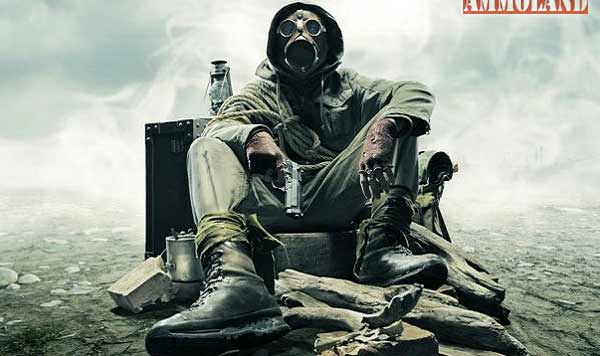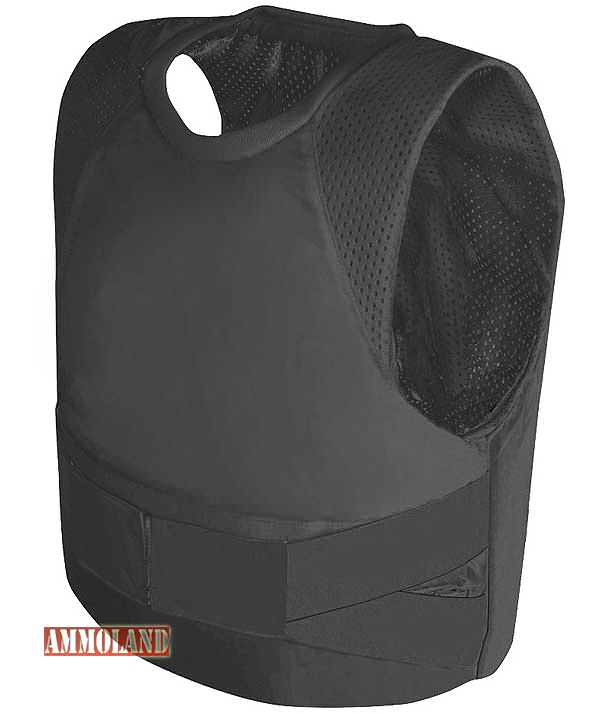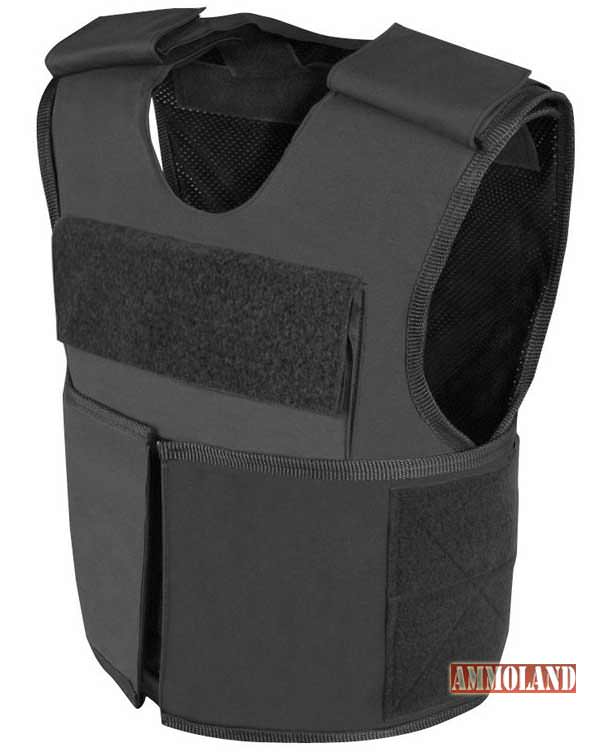

Colorado -(Ammoland.com)- Getting the Right Body Armor
One of the most basic parts of gun ownership is buying the correct ammunition – it seems obvious, of course. If you don’t have the right caliber, the gun is not much more than a paperweight.
This is just as true when buying a bullet proof vest. Body armor isn’t ‘one size fits all’, so what type of ammo can a vest stop?
Bullet proof vests work by displacing the energy of a bullet, slowing it down to a complete stop before it can penetrate the strong fibres of the vest. Most vests use Kevlar or Dyneema plates, both of which are much stronger than steel, and when woven together provide a web that slows the bullet and minimizes injury greatly.
These plates are inserted into carriers which form the bullet proof vest. These armors are lightweight and flexible, and are known as soft armor. There is also the option of hard armor, which is made of plates of steel, ceramic or titanium. Bullet proof vests are classified by the National Institute of Justice (NIJ), which is the world leader in ballistics testing of body armor.
The following is a run down of what each Level of body armor can protect you against.

Soft Body Armor
This armor comes in Levels I to III, and usually protects against the type of ammunition used in handguns, the number one firearm threat faced in America today according to the FBI. It is possible to get Level I armor, the lowest available, but most manufacturers only offer Level IIa and above. With the increased threats you may face, Level IIa is the minimum recommended protection.
Bullet proof vests at Level IIa will protect against 9mm and .40 S&W calibre bullets, whereas Level II also offers protection against .357 Magnum jacketed soft points.
This extra protection comes at the expense of mobility, and is heavier and bulkier than the IIa levels. Level IIIa armor offers all this protection with the added benefit of stopping .44 Magnum jacketed hollow points, again with extra bulk and weight added.
The Level IIIa is the highest protection available in both overt and covert styles.
If you want concealable body armor as well as maximum defense, the Level IIIa is the only option.
Covert bullet proof vests offer the benefit of protection against ammunition most commonly used in crimes, whilst also being lightweight and easily covered. This allows you freedom of movement, and hides the fact you are wearing body armor.

Hard Body Armor
Of course, concealable body armor may not be for you – in some situations you may want to let the world know you have body armor and are prepared for whatever you may face. Some will certainly think twice if they see you are protected against rifle fire or even armor-piercing rounds.
So called ‘hard armors’ function in much the same way as soft armors, but due to their bulky and heavy nature can’t be worn underneath clothes like covert soft armors. The added protection afforded by the steel, titanium or ceramic plates also provides the same level of defence as Levels I-IIIa. The Level III however also protects against 7.62mm full metal jacketed bullets, or M80 bullets as the Military calls them.
Level IV armors offer the highest available protection, and are not stocked by all manufacturers or distributors.
This protects against .30 caliber armor piercing rounds (Military designation M2 AP), in addition to all other ammunition mentioned.
However, these higher level armors are often designed only with single-shot protection due to their brittle nature. They are also a great deal bigger and heavier, and so should only be used in the most extreme tactical situations. Of course, they will provide a psychological protection too, and are sure to intimidate anyone you face. Moreover, many of these hard armors also offer blast and fragmentation protection, so if you decide to choose a hard armor rest assured it will provide maximum protection.
Things to Remember
As we’ve seen, there is a wide range of bullet proof vests available, and it is important to choose the right type for you based on the threat or potential threat you will face. Many soft armors do come with the option of additional protection in the form of hard plates, so there is a great deal of flexibility in choosing the right bullet proof vest for your situation.
A good first armor, that covers a wide range of threats, is our Safeguard Armor Stealth Pro Soft Body Armor.
However, there is no such thing as complete protection in any situation, and while your bullet proof vest will greatly reduce the risks you face, it will only do so if you take care of it. Body armour should be treated like clothes, with regular cleaning and maintenance – many companies recommend having multiple carriers for your armor plates, so you will always have a clean vest available. If your armor is damaged in any way, from simple wear and tear to a bullet wound, do not wear it! Only intact vests are suitable for their purpose.
Finally, make sure you wear your vest! Only bullet proof vests that are worn can protect you from a bullet.
About SafeGuardArmor.com
Leading body armor manufacturers and premium body armor designers www.safeguardarmor.com & www.safeguardclothing.com has been established online for about 7 years. They specialize in combining soft Kevlar armor with hard armor plates to their carrier designs.
